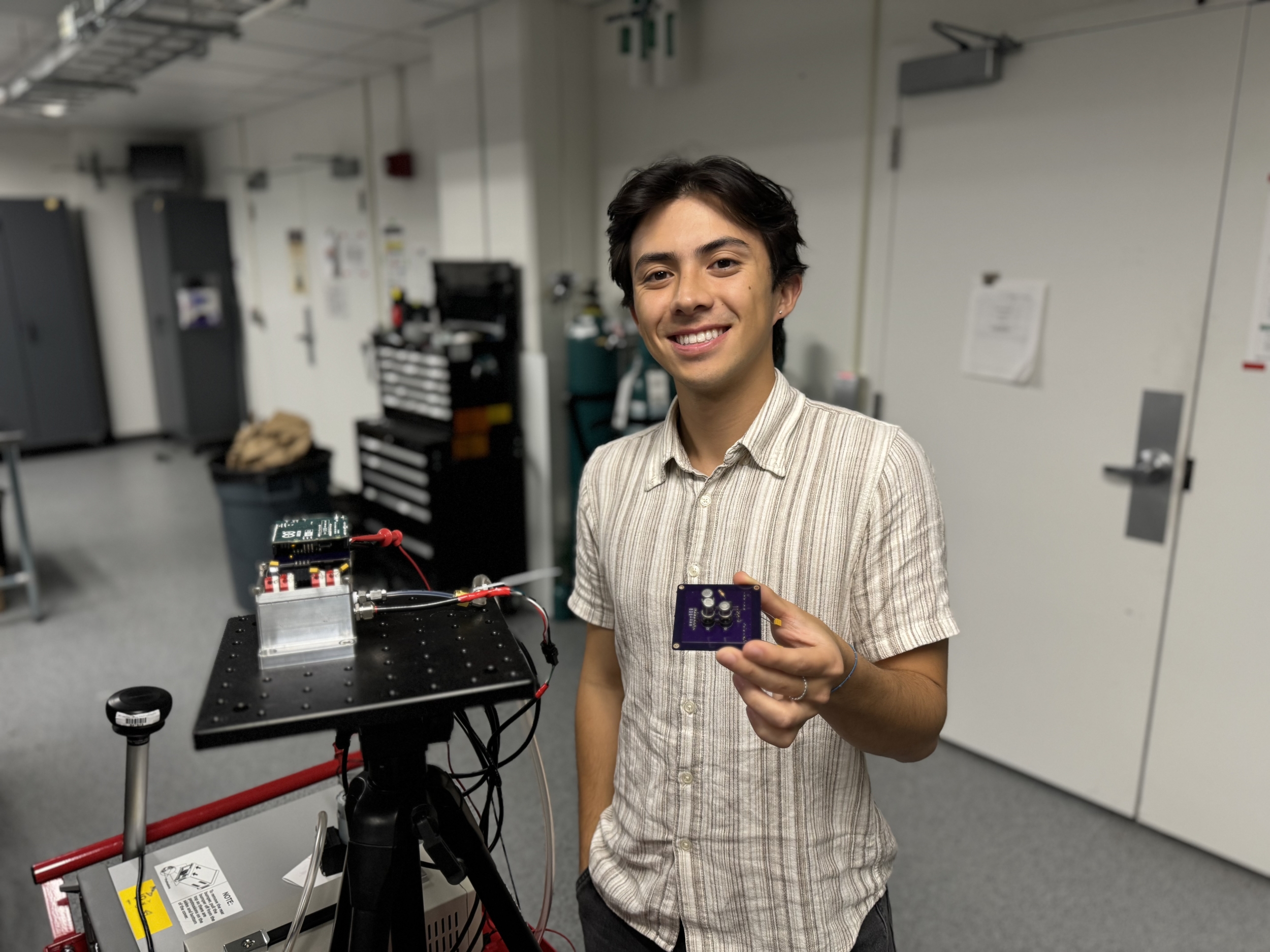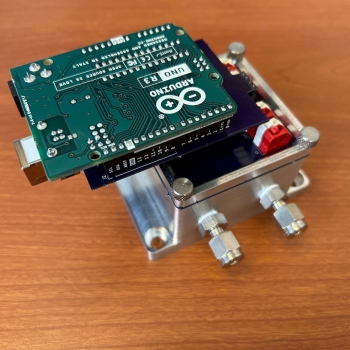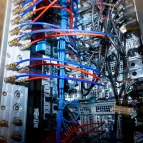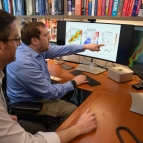Low-Cost Methane Sensor Network

Reducing emissions of methane, a greenhouse gas, may be one of the most effective ways to slow the rate of climate change. To measure methane emissions, scientists use a combination of satellite-, airborne-, and ground-based sensors. While satellite and airborne sensors are advancing rapidly, ground-based sensors have been limited to either high-fidelity instruments that are too expensive for wide deployment, or inexpensive instruments that cannot provide sufficient data quality for environmental use. The objective of this program is to develop networks of low-cost, ground-based methane sensors with sufficient performance for climate applications. Because methane reduction is time critical, a key aspect of our approach is to context shift an existing commercial-off-the-shelf (COTS) sensor technology, which is already manufactured at scale at a low cost (less than $10 per sensor).
Networks containing up to hundreds of these sensors could find a variety of impactful uses. For example, they could enable the continuous monitoring and detection of leaks along pipelines, or of methane emitted from unregulated sources, such as landfills or dairy farms. They could also help improve measurements of emissions from undercounted sources to improve climate models, or confirm emissions to support incentive programs, such as cap-and-trade regulatory systems.
Several challenges exist to developing high-quality, inexpensive sensors for continuous monitoring. In their current form, low-cost COTS sensors are designed to measure methane at concentrations hundreds of times above background levels. When used to sense very low concentrations, as needed for environmental monitoring, these sensors can be easily confused by other background gases and have to be individually calibrated in the field using an expensive reference sensor, limiting their practicality for a wide-area network.
Beyond the ability to measure methane, scientists also need to know methane emission rates. Emission rates are difficult to infer from measurements alone when multiple emission sources are present or when the gas is emitted at low levels from a large area. Gas-dispersion models can be used to estimate emission rates, but the modeling requires high-resolution data on methane concentrations and wind velocities.
We are working to overcome these challenges through a combination of approaches. Our team is developing sensor modules, based on COTS sensor components, with custom readout electronics that improve selectivity and stability. In parallel, we are developing improved gas-dispersion models that can take advantage of the rich measurement dataset that will be available from our sensor network. We are beginning to work with industrial and academic partners to develop demonstration projects.
For more information on this project, please contact William Barney.




